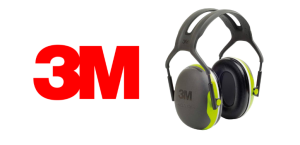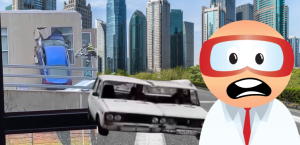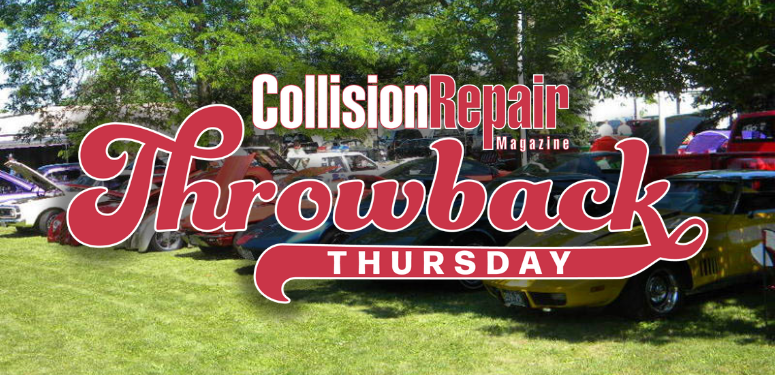Toronto, Ontario — January 9, 2018 — Late last year, Honda released a recommendation advising autobody shops to have a qualified dealership inspect any of its three alternative-fuel Clarity powertrains during the estimating phase of the repair process. Honda warns that there are various risks associated with the chargeable battery’s high-voltage systems.
“If a damaged battery is not repaired, there is a heightened risk of personal injury or death, as well as significant property damage due to exposure to battery electrolytes and related fumes or an uncontrolled thermal event in the battery and resulting fire,” said Honda
According to Repairer Driven News, Honda sold more than 1,000 Clarity units in 2017 through the end of November, and wants to sell 75,000 “in the first four model years.” Evidently, you will likely see one or two in your shop.
In its October 2017 position statement, Honda warned, “unlike many other repair facilities, these authorized dealers have received the specialized training and equipment necessary to inspect and assess the post-crash condition of the high-voltage lithium ion batteries installed in these vehicles.”
Shops should have an authorized clarity electric, fuel cell, or plug-in hybrid dealer inspect the battery any time an airbag has blown, or when the vehicle has sustained structural damage.
The position paper goes on to explain that battery damage analysis is not something that just anybody can eyeball. Shops might see other automakers demanding dealership high-voltage system inspections in position statements or OEM repair procedures, given recent promises by manufacturers like GM, Volvo and Jaguar Land Rover to produce more electrified cars or outright cease vehicles which run solely on gasoline.
The Clarity Electric and Clarity Fuel Cell can sense a collision and shut down. In these cases, according to Honda’s position statement, certified dealerships would be necessary to restart the batter after shutdown. In this case, repair facilities would need to bring vehicles to a certified dealer.
For more information on Honda, please visit Honda.ca.





































